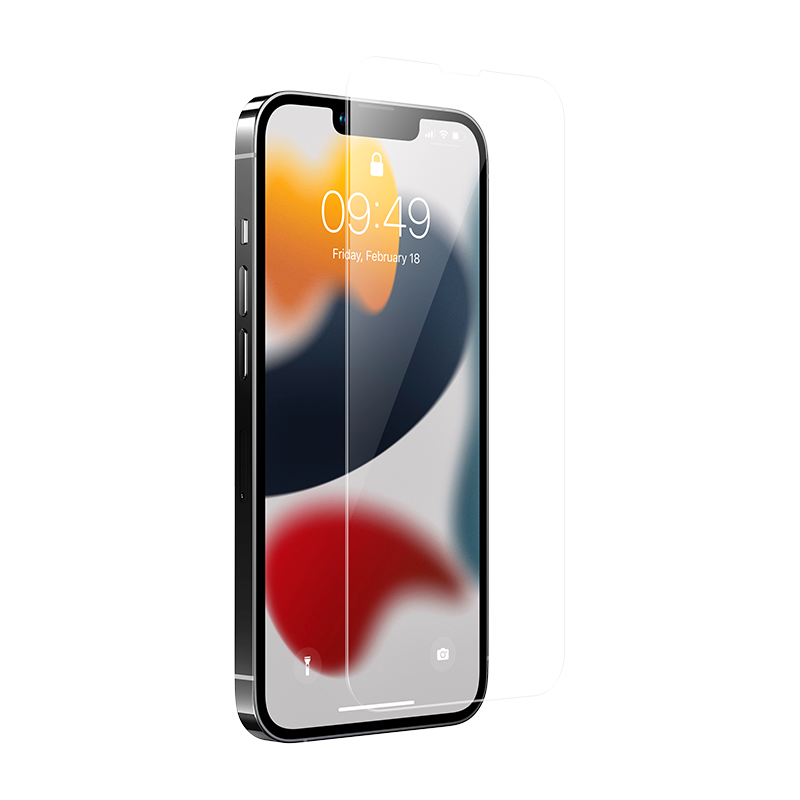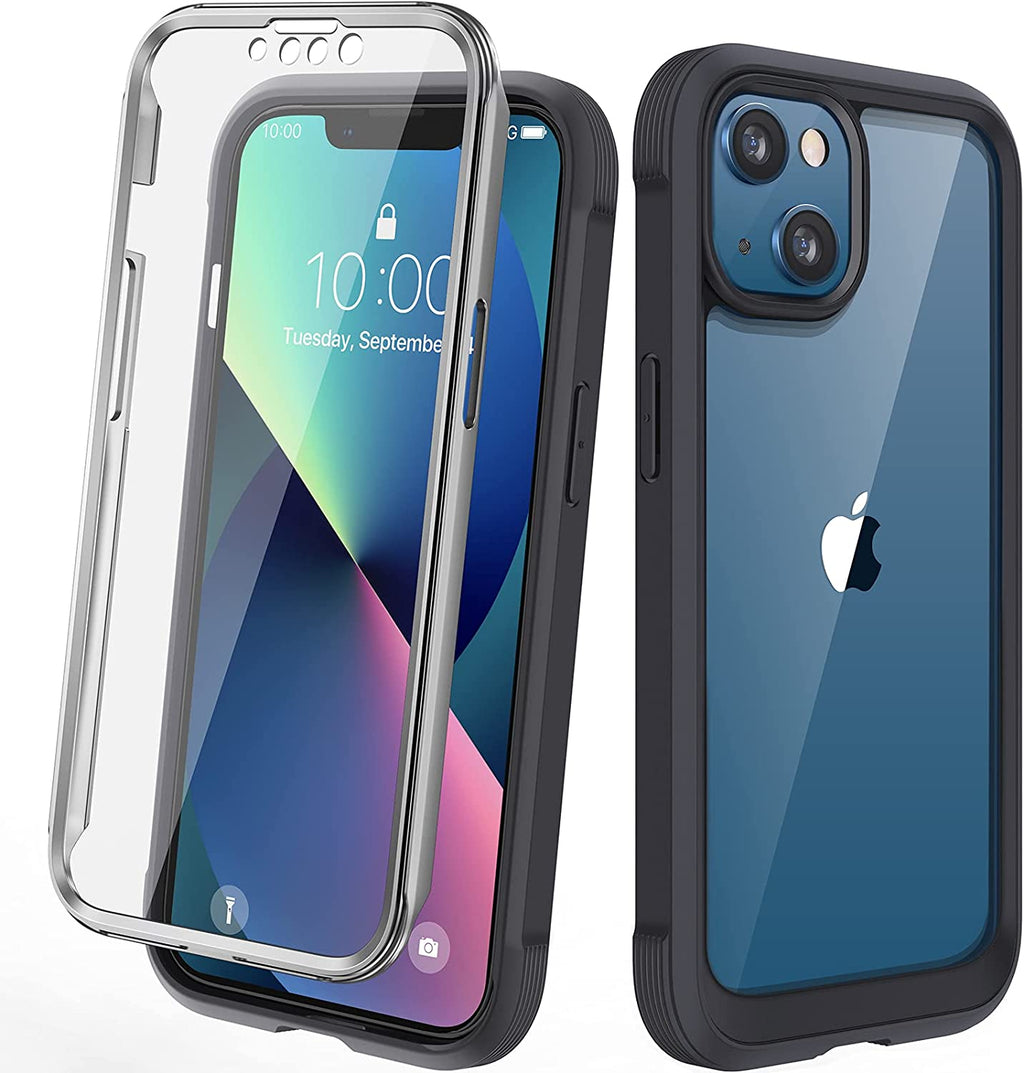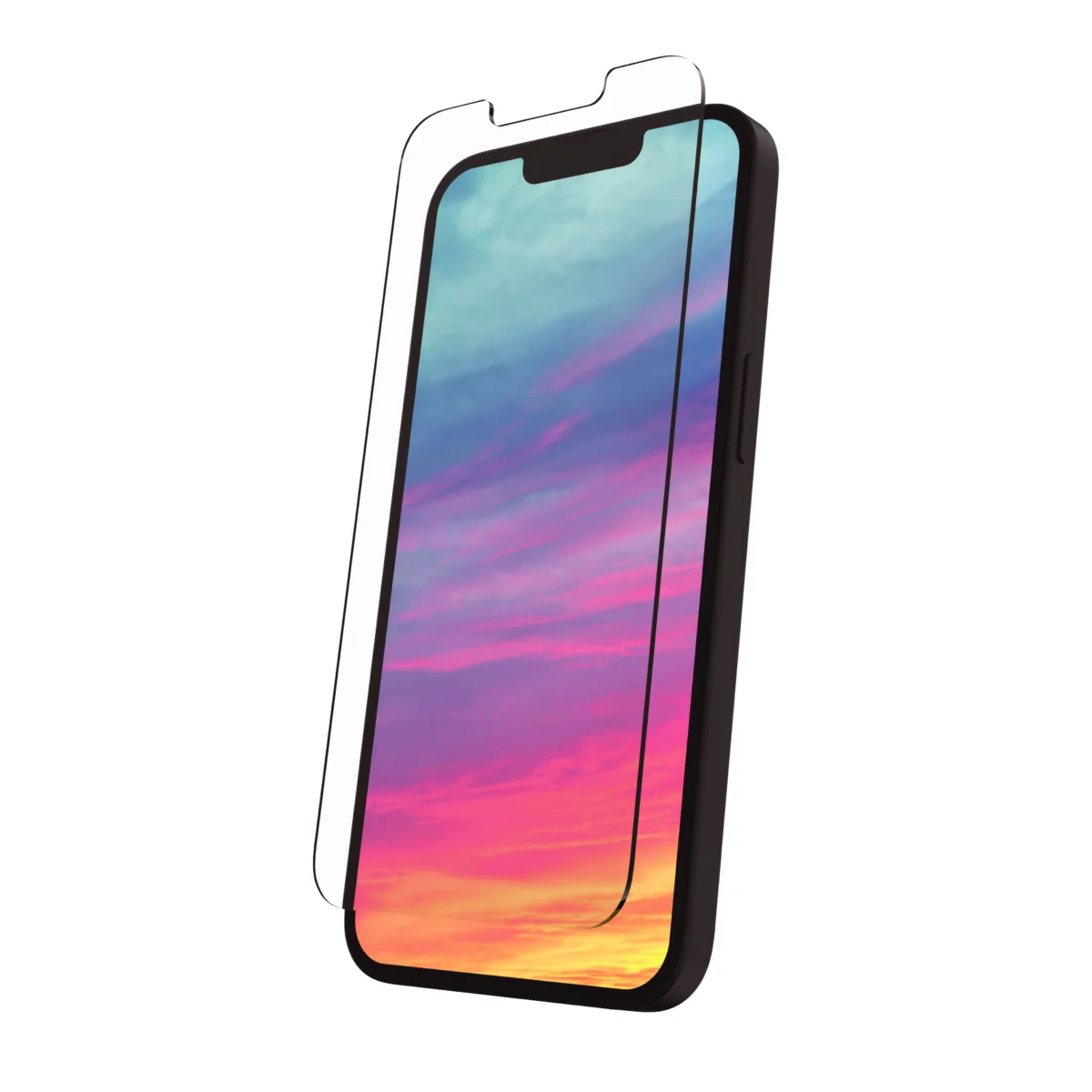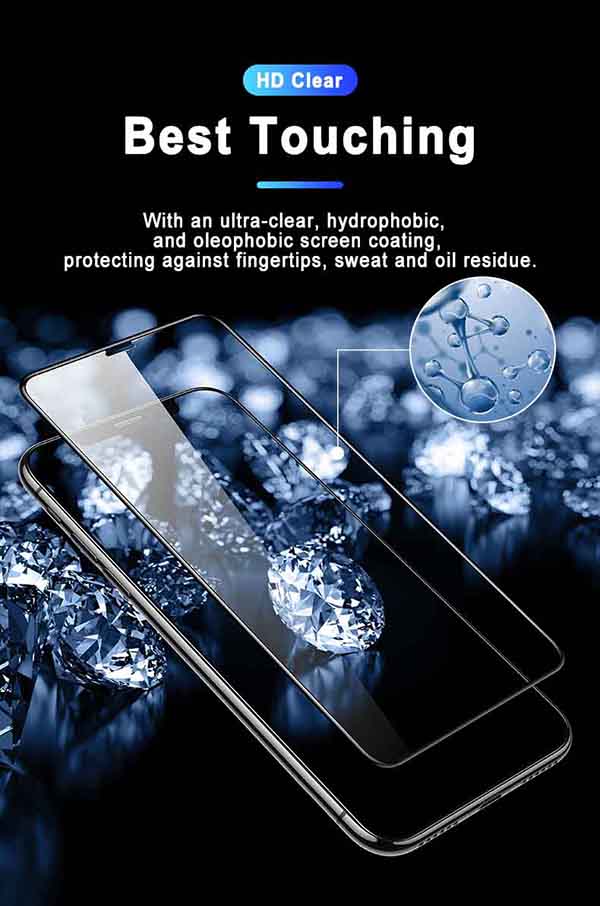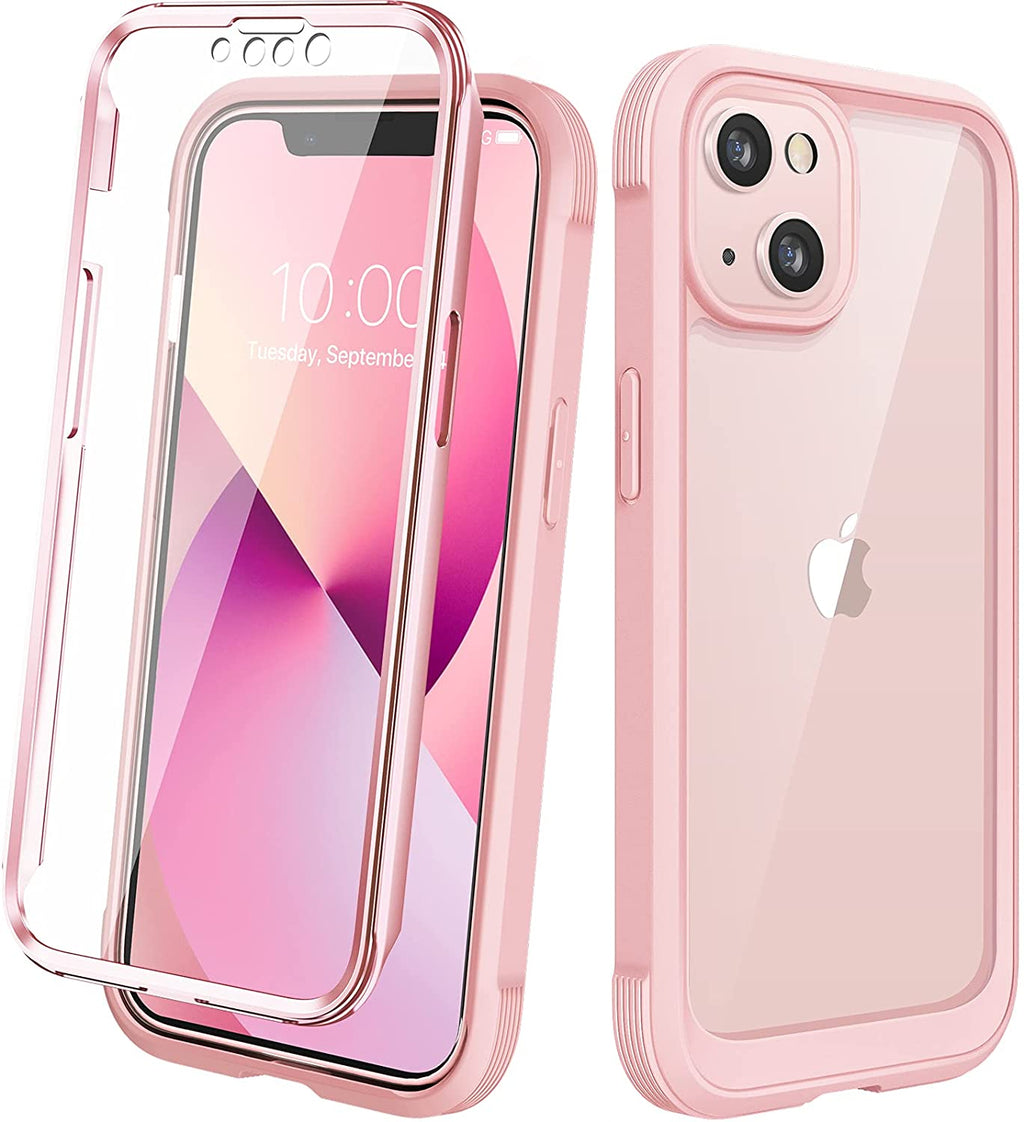Iphone 13 Touch Sensitivity With Screen Protector

iPhone 13 users are reporting decreased touch sensitivity when using screen protectors, causing frustration and usability issues. The problem appears widespread, affecting devices across different brands and types of screen protectors.
This article details the reported issues, affected models, potential causes, and possible solutions for users experiencing diminished touch responsiveness on their iPhone 13 after applying a screen protector.
Widespread Reports of Touch Sensitivity Issues
Numerous complaints have surfaced on Apple Support forums, Reddit, and other online communities. Users specifically cite the iPhone 13, iPhone 13 Pro, iPhone 13 Pro Max, and iPhone 13 mini as being affected. Common issues include difficulty typing, unresponsive swipes, and the need for multiple taps to register input.
These problems reportedly began immediately after applying a screen protector. The issue seemingly transcends specific brands, impacting users who have used protectors from Otterbox, ZAGG, and lesser-known manufacturers.
Identifying the Problem: What’s Causing the Unresponsiveness?
While Apple has not officially addressed the issue, several factors could be contributing to the diminished touch sensitivity. One possibility is the thickness of certain screen protectors, which might interfere with the capacitive touchscreen's ability to accurately detect input.
Another potential factor is the presence of air gaps between the screen and the protector. Imperfect application can create pockets of air, reducing the contact area and hindering sensitivity.
Some users speculate that the iPhone 13's display technology itself plays a role. The iPhone 13 series uses a slightly different display panel compared to older models, which may be inherently less tolerant of screen protectors.
Affected iPhone 13 Models
The following models are confirmed to be experiencing these touch sensitivity problems:
- iPhone 13 mini
- iPhone 13
- iPhone 13 Pro
- iPhone 13 Pro Max
Temporary Solutions and Workarounds
Until Apple releases a software update or offers official guidance, users are exploring temporary solutions. One suggested workaround is increasing the touch sensitivity in the iPhone's settings.
To do this, users can navigate to Settings > Accessibility > Touch > Touch Accommodation and adjust the settings to better suit their needs. Experimenting with the "Touch Duration" and "Ignore Repeat" settings may improve responsiveness.
Another suggestion is trying different screen protector materials. Some users have reported better results with thinner, film-based protectors compared to thicker tempered glass options.
The Impact on Users and the Market
The diminished touch sensitivity significantly impacts the user experience. Tasks that were once seamless, such as typing messages or browsing the web, now require increased effort and precision.
This issue could also affect the market for screen protectors. Consumers may hesitate to purchase screen protectors for their iPhone 13 devices, fearing a degradation in performance.
Several users expressed their disappointment in forums and requested Apple's immediate attention to solve this issue.
"I've always used screen protectors on my iPhones, but this is the first time I'm experiencing such a significant drop in sensitivity," said one frustrated user on Reddit.
Manufacturer Response and Future Updates
As of this writing, Apple has not officially commented on the reports of diminished touch sensitivity. However, the widespread nature of the issue suggests that the company is likely investigating the problem.
Screen protector manufacturers are also facing pressure to address the compatibility issues. Some companies are reportedly testing new adhesives and designs to improve sensitivity on the iPhone 13 series.
The situation remains fluid, and updates are expected in the coming weeks. Users are encouraged to monitor Apple's support channels and online forums for the latest information.
Next Steps and Ongoing Developments
Users experiencing touch sensitivity issues are advised to contact Apple Support for assistance. Reporting the problem directly helps Apple gather data and prioritize a potential fix.
Consumers should also be cautious when purchasing screen protectors for their iPhone 13. Reading online reviews and seeking recommendations from other users can help avoid incompatible products.
This is a developing story, and further updates will be provided as more information becomes available. The responsiveness of Apple and screen protector manufacturers will be critical in resolving this widespread usability issue.


